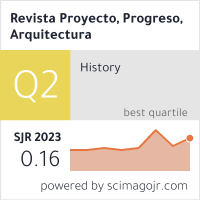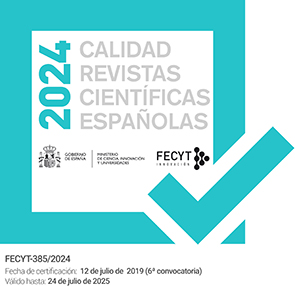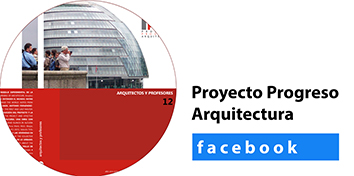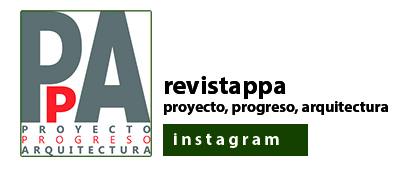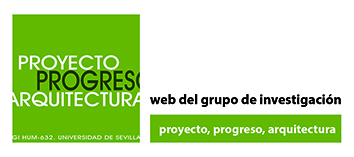MIDDLE-CLASS MASS HOUSING BETWEEN CITY AND SUBURB: THE CASE OF QUINTA DAS LAVADEIRAS
DOI:
https://doi.org/10.12795/ppa.2022.i27.07Keywords:
mass housing, megaestructure, periphery, middle class, Quinta das Lavadeiras, Thébar FredericoAbstract
In the mid-1950s, millions of people left the rural areas of the Portuguese interior. They came to Lisbon in search of new and better living conditions. The population growth in the peripheral territories of the capital started to increase exponentially, completely changing its landscape, particularly on the northern fringe, with a huge impact on commuter traffic flows and property speculation, affecting an emerging middle class that was ignored by the state and exploited by an economically-driven market. Outside the narratives of high culture, these places have progressively embodied the image of postmodernity’s greatest evils: the anonymous character of (sub)urban life, mass housing and the ‘motorway’. Their study has been overlooked and, consequently, an important part of the city’s fabric. Using unpublished archival material, films and period news, this article reconstructs the history of the urban ensemble of Quinta das Lavadeiras on Calçada de Carriche, Lisbon’s northern gateway, developed during the 1960s by private developers. The crossing of information regarding the project, its construction and its impact on the landscape, in its intermediate condition, between rural and faith in urban progress, between centre and suburb, between social classes, allows a critical reflection on the divorce between the theoretical debate and the construction of a counter-architecture promoted by construction companies that acted in these expectant territories, defining them.
Downloads
Metrics
References
AZEVEDO, Mário. 1967. O Plano Director da Região de Lisboa. En: Binário, Setembro 1967.
CONSIGLIERI, Carlos; RIBEIRO, Filomena; VARGAS, José Manuel; ABEL, Marília,. Pelas Freguesias de Lisboa. Benfica, Carnide, Lumiar, Ameixoeira, Charneca. Lisboa: Câmara Municipal de Lisboa, Pelouro da Educação, 1993.
FERNANDES, José Manuel. Lisboa no Século XX: O Tempo Moderno. En: O Livro de Lisboa. Lisboa: Livros Horizonte. 1994, pp. 493-518.
FERNANDES, José Manuel. Anos 60, anos de ruptura. Lisboa: Livros Horizonte, 1994.
FRANÇA, José-Augusto. Lisboa: Urbanismo e Arquitectura. Lisboa: Livros Horizonte, 1997.
FREDERICO, Thébar Rodrigues. Roterdam ressurge. En: A Arquitectura Portuguesa e Cerâmica e Edificação. Lisboa, 1958, n.º 13.
FREDERICO, Thébar Rodrigues,. A cidade e o homem. En: Revista Correios e Telecomunicações. Lisboa: Correios, 2.o trimestre 1967, vol. 2.
FREDERICO, Thébar Rodrigues. A crise do urbanismo. En: Revista Correios e Telecomunicações. Lisboa: Correios, 1967, vol. 3.
GARRET. The housing problem at Portugal [sic]. In: COSTA, Fernando José Marques da, ed. XXI Congresso da Federação Internacional de Habitação e Urbanismo. Lisboa: Sociedade Astória, 1952.
GEDEÃO, António. Calçada de Carriche. En: Teatro do Mundo. Coimbra: Of. da Atântida, 1958.
HEITOR, Teresa Valsassina. A expansão da cidade para o oriente: os planos de urbanização de Olivais e Chelas. En: Lisboa-Conhecer, pensar, fazer cidade. Lisboa: Centro de Informação Urbana, 2001, pp. 72-85.
MAKI, Fumihiko. 1964. Investigations in Collective Form. En: The School of Architecture Washington University. Special Publication, June 1964, vol. 2.
MARTINS, João Palla; REINAS, Carmo. O lugar do desenho na obra de Victor Palla. Lisboa: Universidade de Lisboa, 2012.
SANTO, Paulo Espírito. 1997. Ameixoeira - um núcleo histórico. Lisboa: edição de autor.
SILVA, Carlos Nunes. Política Urbana em Lisboa, 1926-1974. Lisboa: Livros Horizonte, 1994.
SPIELVOGEL, Samuel. IFHTP. En: Journal of the American Institute of Planners. Lisboa, 1953, vol. 19, n.º 1, pp. 34-38.
TOSTÕES, Ana. O Bairro de Alvalade no quadro do desenvolvimento urbano de Lisboa. En: Lisboa-Conhecer, pensar, fazer cidade. Lisboa: Centro de Informação Urbana, 2001, CML. pp. 64-71.
X Recenseamento Geral da População no Continente e Ilhas Adjacentes, tomo 1, volume 1.º Prédios e Fogos; População – Dados retrospectivos /Distritos, concelhos e freguesias). Lisboa: Instituto Nacional de Estatística, 1961.
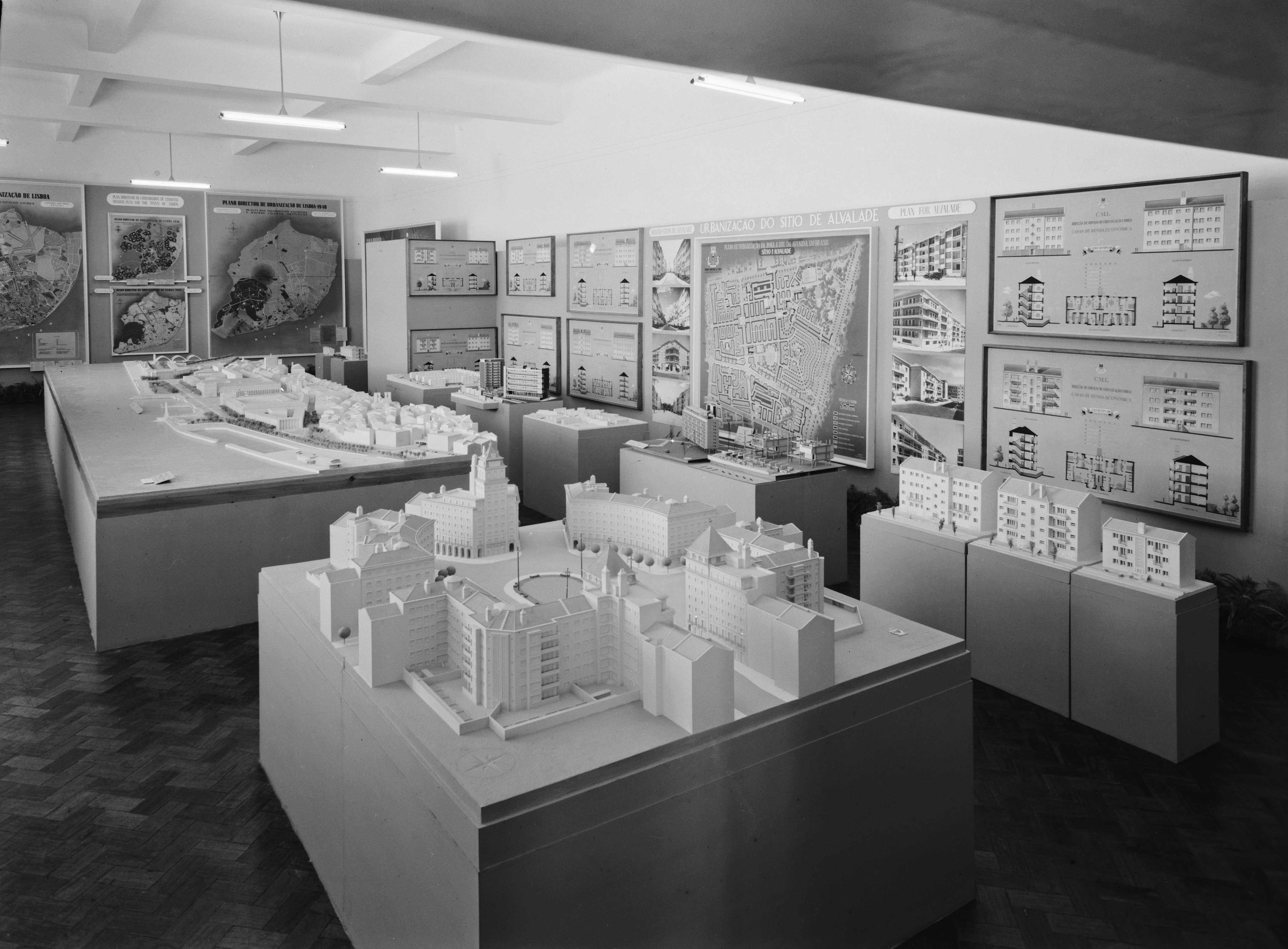
Published
How to Cite
Issue
Section
License
Las ediciones impresa y electrónica de esta Revista son editadas por el Secretariado de Publicaciones de la Universidad de Sevilla, siendo necesario citar la procedencia en cualquier reproducción parcial o total.
Salvo indicación contraria, todos los contenidos de la edición electrónica se distribuyen bajo una licencia de uso y distribución “Creative Commons Atribución-NoComercial-SinDerivar 4.0 Internacional” ![]() . Puede consultar desde aquí la versión informativa y el texto legal de la licencia. Esta circunstancia ha de hacerse constar expresamente de esta forma cuando sea necesario.
. Puede consultar desde aquí la versión informativa y el texto legal de la licencia. Esta circunstancia ha de hacerse constar expresamente de esta forma cuando sea necesario.
Los autores/as que publiquen en esta revista aceptan las siguientes condiciones:
- Los autores/as conservan los derechos de autor y ceden a la revista el derecho de la primera publicación, con el trabajo registrado con la licencia de atribución de Creative Commons, que permite a terceros utilizar lo publicado siempre que mencionen la autoría del trabajo y a la primera publicación en esta revista.
- Los autores/as pueden realizar otros acuerdos contractuales independientes y adicionales para la distribución no exclusiva de la versión del artículo publicado en esta revista (p. ej., incluirlo en un repositorio institucional o publicarlo en un libro) siempre que indiquen claramente que el trabajo se publicó por primera vez en esta revista.
- Se permite y recomienda a los autores/as a publicar su trabajo en Internet (por ejemplo en páginas institucionales o personales) antes y durante el proceso de revisión y publicación, ya que puede conducir a intercambios productivos y a una mayor y más rápida difusión del trabajo publicado (vea The Effect of Open Access).
- Abstract 606
- artículo (portugués e inglés) (Español (España)) 307




